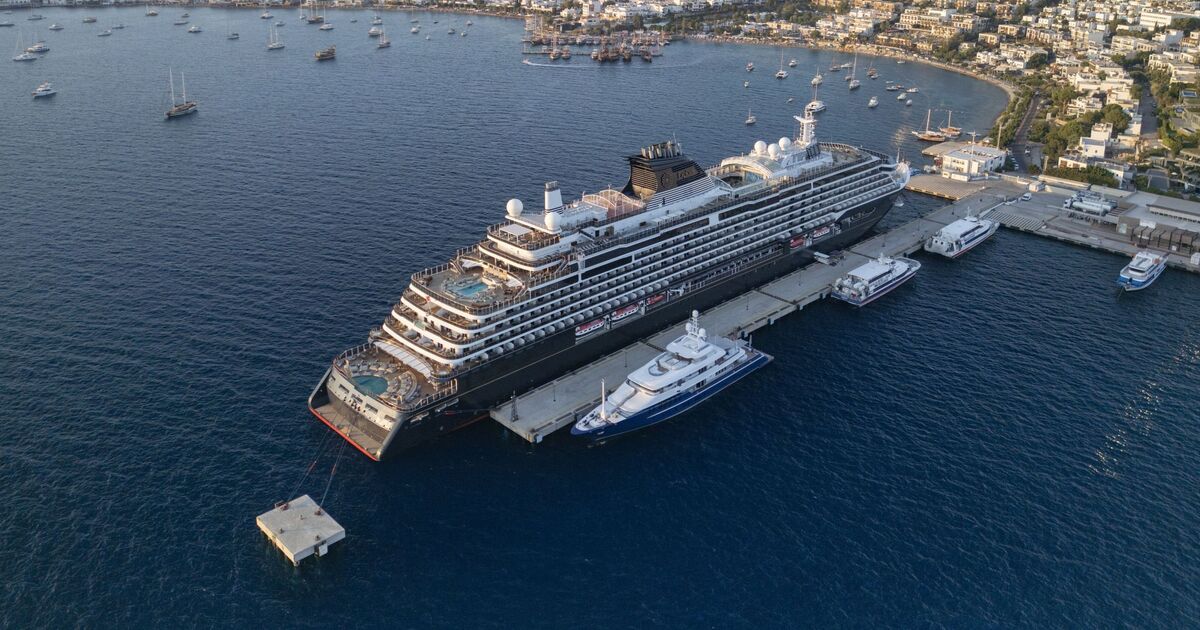Cruise boss warns of massive new 10,000 passenger floating cities

The cruise industry is experiencing a remarkable revival. As travel restrictions ease and consumer confidence returns, demand for new cruise ships is soaring. Shipyards are responding to this demand, with plans to construct around 70 new vessels by 2036. This expansion is expected to add an impressive 170,000 berths to the global fleet. More travelers are choosing cruises for their vacations, drawn by the allure of longer and more adventurous journeys. With cruise lines offering month-long tours and even multi-year voyages, the landscape of cruising is changing rapidly.
Longer Journeys and New Lifestyles
Travelers are increasingly opting for longer cruise experiences. Many cruise lines are now offering extended trips that last for months, or even years. For instance, Royal Caribbean has launched the Villa Vie Odyssey, a nine-month journey that is part of a larger three-and-a-half-year world cruise. This trend reflects a growing desire among vacationers to explore the world at a leisurely pace. As these longer trips gain popularity, industry leaders predict a shift in lifestyle for some individuals. Dondra Ritzenthaler, the chief executive of Azamara Cruises, believes that by 2034, some people may choose to sell their homes and live permanently on cruise ships. She envisions a future where individuals spend three months on a ship before flying to another destination, making cruising a full-time lifestyle choice.
This shift is already beginning to take shape. Virgin Voyages has introduced the first-ever annual cruise pass, priced at £96,000 ($120,000). This pass allows passengers to travel “anytime, anywhere” for a full year. The demand for such offerings indicates a significant change in how people view travel and living arrangements. With the cruise industry adapting to these new trends, it is clear that longer journeys are not just a passing fad but a potential new way of life for many.
The Changing Demographics of Cruising
The demographics of cruise passengers are also evolving. Traditionally, cruises attracted an older clientele, but this is changing rapidly. According to Tony Andrews, managing director of Cruise.co.uk, the average age of their customers has decreased by 11 years since 2019, now sitting at 55. This shift is largely due to the cruise industry’s efforts to appeal to younger travelers. Cruise lines are introducing innovative features and itineraries designed to attract a broader audience. Larger ships are becoming more common, with some capable of carrying up to 7,600 passengers. The demand for these larger vessels is partly driven by younger cruisers who seek more onboard activities and entertainment options.
As the industry adapts to these changing preferences, there is potential for even larger ships in the future. Andrews suggests that we could see 10,000-passenger ships within the next decade. Furthermore, the concept of floating cities is becoming more plausible, where mini-ships could transport passengers to ports or offer short excursions. This evolution in cruising reflects a broader trend toward making vacations more accessible and enjoyable for a diverse range of travelers. As the cruise industry continues to innovate, it is poised to attract an even wider audience, reshaping the future of travel on the high seas.
